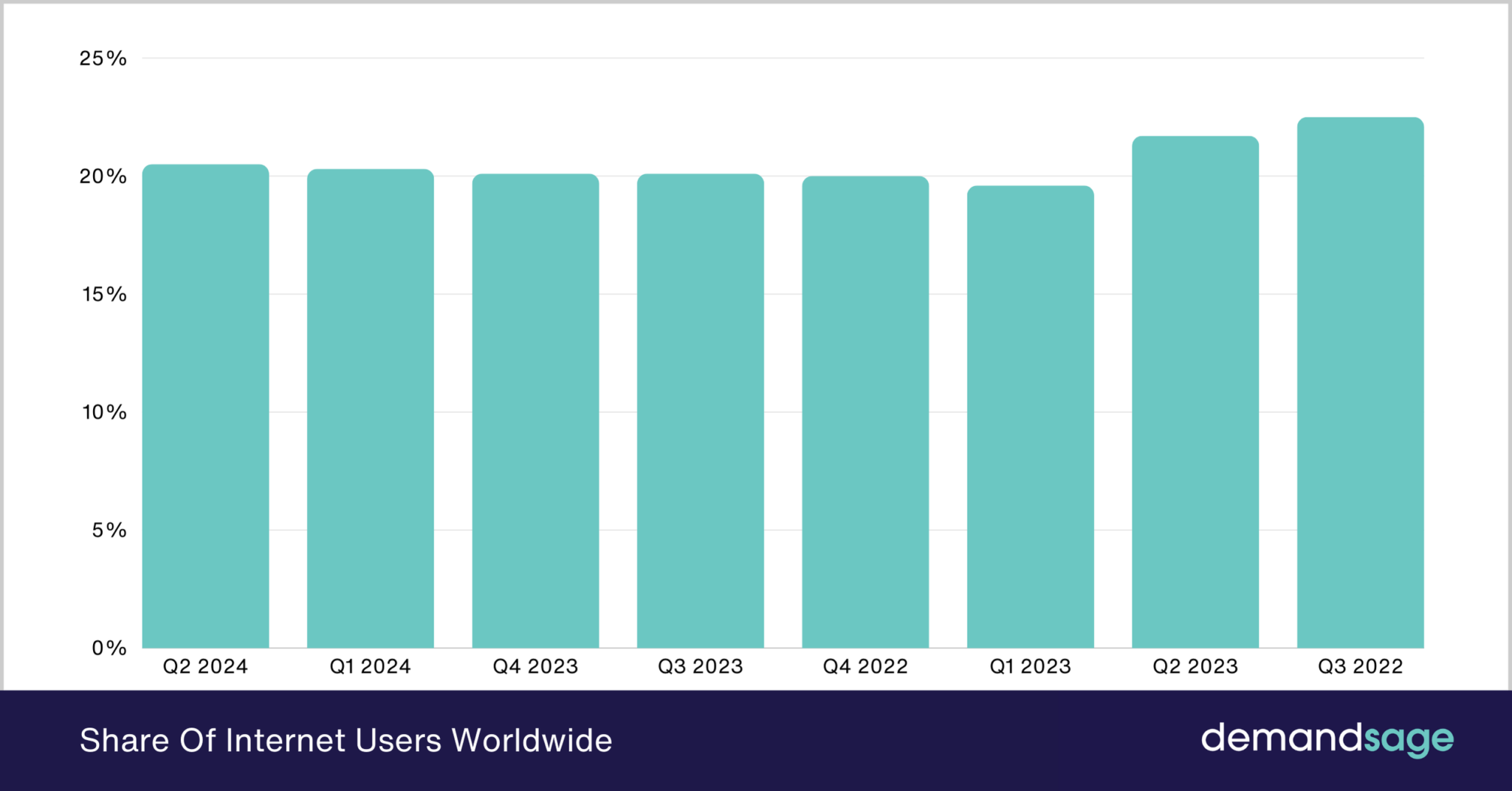Content creation is rapidly changing with artificial intelligence (AI). Research, drafting, editing, and formatting, once weeks-long tasks, are now much faster with AI tools. This article shows how AI acts as an essential partner in content development, streamlining workflows and redefining marketers’ and creators’ best practices.
Efficiency in content workflows drives this shift. Using AI at each stage reduces manual, repetitive work, freeing teams for strategic, creative tasks. AI boosts efficiency, strengthens brand consistency, and enables creative options beyond resource limits. Still, AI brings challenges, including algorithmic bias, less human oversight, and concerns about originality and authenticity. This article covers four phases where AI speeds content creation, turning it from slow to flexible and scalable, while noting these challenges.

From Idea to Architecture: Intelligent Research and Strategic Outlining
Effective content starts with strong planning. Once slow due to research and analysis, this is where AI first proves valuable.
Developing a Data-Driven Content Strategy
Set clear goals and know your audience. AI speeds this up using data. It audits content, reviews successes, and analyzes competitors for gaps and trends. Instead of manual checks, AI tracks search results, keywords, and interests. For example, if a blog loses traffic, AI suggests quick updates—new stats, examples, or structure. This keeps content fresh and useful.
AI populates your content calendar with ideas based on trends and audience preferences, streamlining the ideation process.
Generating Strategic, SEO-Optimized Outlines
Modern AI outlines use three analytical pillars to create comprehensive content frameworks. First, the AI analyzes search intent to determine what users want from a query. Are they seeking information, ready to buy, or comparing options? Understanding whether intent is informational, transactional, or commercial helps the AI structure the outline to align with user expectations and the stage. This ensures the content delivers what the reader needs at the right moment.
Second, the AI conducts a competitor gap analysis. It reviews top-ranking articles on Search Engine Results Pages. Instead of repeating existing content, the AI identifies subtopics, questions, and angles that others overlook or under exploit. This ensures your content doesn’t just match others—it surpasses them. Your content becomes more complete, valuable, and better at satisfying user queries that competitors miss. This competitive intelligence turns your content from just another article into a definitive resource.
Finally, AI uses semantic keyword analysis to group related concepts and phrases. Instead of focusing on one keyword, it maps the ecosystem of related terms and ideas readers expect. This ensures in-depth topic coverage and helps the article answer more user queries, including long-tail and related questions. These three elements, when combined, create outlines that are strategic, structured, and optimized for search engines and readers.
The result is a clear H2/H3 structure aligned with search intent. These outlines may include optimized CTAs and graphic sections. Writers get outlines with H2/H3s matching user queries and notes on where to add CTAs, graphics, or checklists. This prevents weak structure and ensures content works for SEO and conversions.
Structured outlines prepare marketers for effective AI-generated content. Prompt engineering is crucial for quality AI results. Simple prompts give plain output; strong prompts deliver better results. To maximize AI, use a clear formula:
A goal, audience, tone, and format make a great prompt.
A strong prompt is specific. Add topic, audience (e.g., beginner students), tone (e.g., witty or formal), and limits (e.g., length or excluded competitors). Giving context helps AI match your brand and goals.
Generating First Drafts and Overcoming Block
AI tools excel at first drafts, often the toughest stage . Research shows AI helps writers overcome blocks and saves time. Rather than begin with a blank page, AI quickly turns outlines into drafts. These tools brainstorm headlines, new angles, and alternative openings. AI creates raw material, but human writers refine it and add expertise. Jasper and ChatGPT are top tools for rapid drafts in formats from blogs to marketing copy.
Creating Specialized Copy and Visuals at Scale
AI does more than write. For marketers with many channels, AI can quickly and at scale create product descriptions, social posts, and newsletters.
AI-powered generators create graphics and presentations from text prompts, enabling non-designers to create professional visuals. Video tools like Synthesia let users build instructional videos with AI avatars and voices in 120+ languages. Scripts become videos in minutes, making design easy and assets authoritative.
Enhancing SEO and Performance
AI is vital for performance marketing. These tools use SEO data to fit requirements. They go past keywords, scoring content, finding related keywords, and crafting optimized meta details.
AI helps keep content updated. A sound plan keeps material relevant. AI identifies underperforming articles, analyzes rank and traffic, and suggests updates such as new examples, improved flow, or rewrites. Teams improve content without manual reviews.
Proofreading, Paraphrasing, and Brand Consistency
AI polishes content and fixes errors. Editing tools find grammar issues, suggest structure changes, and ensure consistency.
AI rewrites content fast. It checks context and adjusts tone while keeping the message strong. Big teams struggle to maintain a consistent voice. Training AI on your brand means all content matches your style. Upload style guides or samples so AI learns your preferences. This is crucial for compliance and growth.
Scaling with Automation and Content Atomization
Scaling content with AI means automating and breaking material into platform-specific pieces. This keeps creation smooth.
The Content Waterfall: Repurposing at Scale
Repurposing content for social channels was slow and generic. Now, AI automates this ‘Content Waterfall’ process.
AI can turn one article into 20+ content pieces for different platforms (Lindley et al., 2025). It changes tone, length, and format for each channel:
-
-
- A series of short, punchy scripts for YouTube Shorts or TikTok.
- An educational, numbered thread for LinkedIn.
- Visually focused captions and graphic prompts for Instagram or Pinterest.
-
Teams cover more channels and keep consistent messages without more hires. Descript and Lumen5 turn text into videos and audio for many platforms.
Building Automated Content Pipelines
Big teams use AI and automation tools. Gumloop and Zapier connect Notion, Google Docs, ChatGPT, and Slack.
These systems use simple “if this, then that” flows. For example: IF a brief is added to Notion, THEN AI generates an outline, THEN the draft appears in Google Docs, THEN the writer is notified in Slack. This removes manual work and saves hours. To start, automate outline generation. This step helps teams build confidence with AI and prepares them for more complex workflows. This matters for teams with heavy content demands who want to focus on strategy and quality.
Conclusion
AI in content creation isn’t just a tech upgrade—it redefines what it means to be a creator. The AI content market is set to grow fast, making this normal, not a trend.
AI brings speed and efficiency to content development, yet it is important to recognize its limitations. While AI can generate drafts, outlines, and repurposed materials with impressive rapidity, it lacks the nuanced empathy, creativity, and contextual understanding that human contributors provide. AI-generated content often requires careful human oversight to ensure factual accuracy, as these tools can inadvertently reproduce errors or introduce misinformation. Furthermore, AI systems may reinforce biases in their training data, raising ethical concerns about fairness and inclusivity. Questions about originality and the authenticity of ideas also persist, since AI-generated outputs are based on pre-existing data and cannot replicate true human inventiveness. Therefore, while AI can handle repetitive and time-intensive tasks, human intervention remains essential for factual verification, offering unique insights, and upholding ethical standards. Through this collaboration, creators can produce content that not only achieves operational efficiency but also maintains originality, relevance, and a strong ethical foundation. Ultimately, future success will depend on using AI as a supportive tool while prioritizing distinctly human qualities in the creation process.
To translate the theoretical benefits of AI into tangible outcomes, marketers should conduct a systematic audit of their existing workflows. This should include mapping each stage of the content creation process and critically evaluating specific tasks where inefficiencies or bottlenecks occur. Based on these findings, marketers can then select a targeted area—such as content ideation, drafting, or distribution—where AI integration would yield measurable improvements. Piloting AI implementation in this identified area should be accompanied by clear key performance indicators to assess its impact on both efficiency and quality. By adopting a structured, evidence-based approach to AI integration, organizations can move beyond experimentation toward developing a robust, innovative content strategy that fully leverages the complementary strengths of human expertise and AI technologies.
Relevant Resources:






